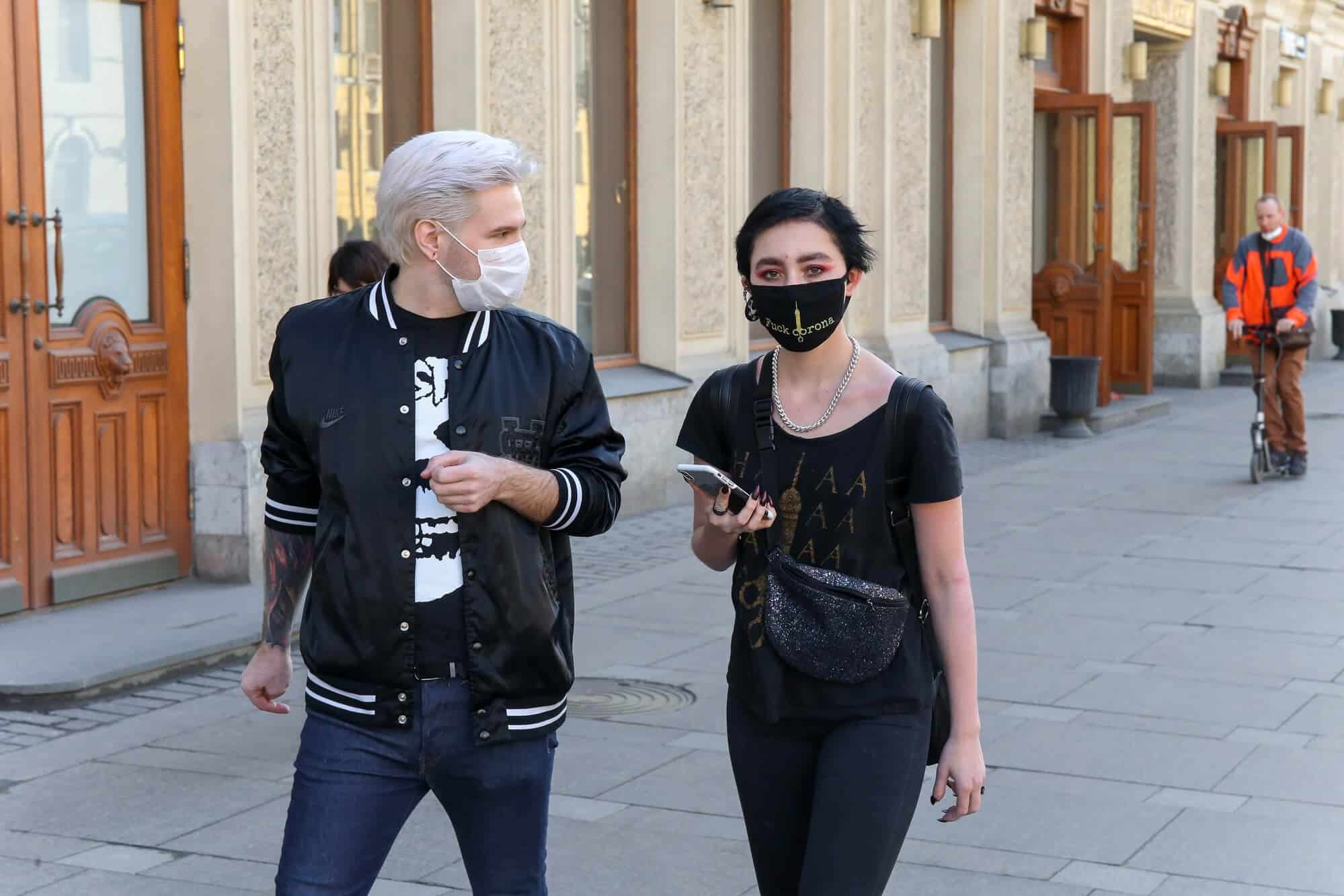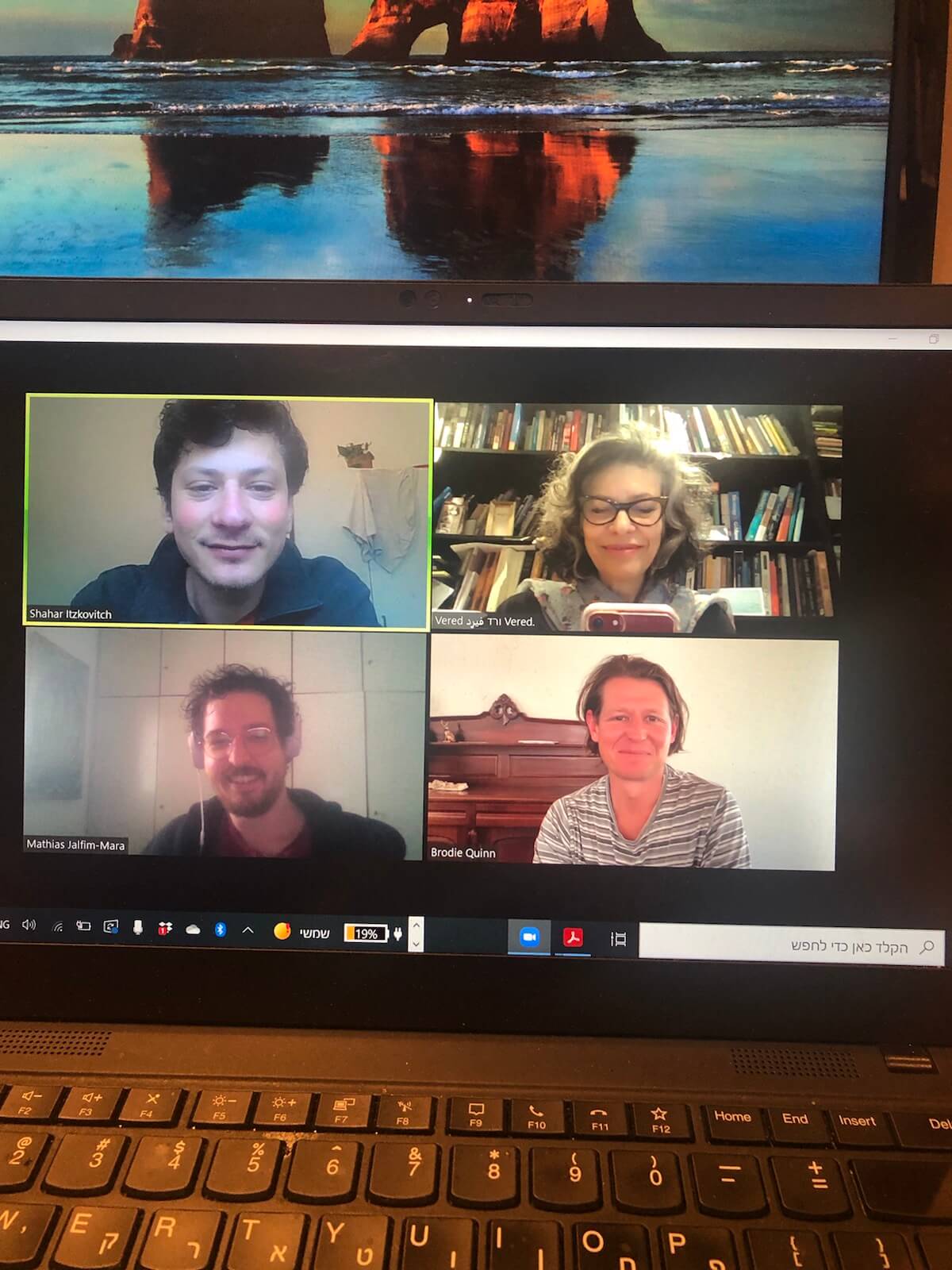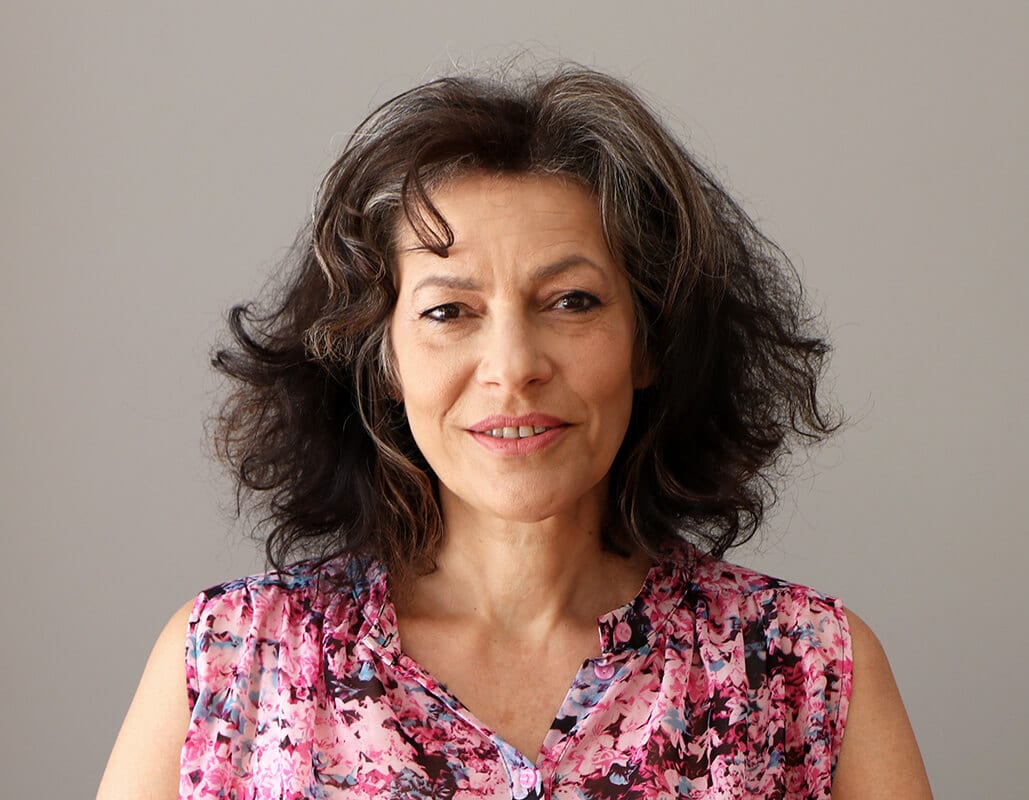About shaping memories and historical epidemics and how the corona epidemic will be remembered

Collective memory is a memory shared by the whole society and commemorates past events. The state systems (such as legislation and the national calendar) and those that lie between the state and society (such as the education system, media, art and the military) are the main mediators of this memory. If they do not do their job (for better or for worse) - using symbolic tools such as history books, ceremonies, days of remembrance, symbols, anthems, tombstones, monuments and historical museums - society may forget its past and thus lose its identity. What is the question? Will and how will we remember the Corona period?
Prof. Vared Vinitsky-Sarousi from the Department of Sociology and Anthropology at the Hebrew University of Jerusalem, studies the sociology of culture and focuses on the collective memory of problematic past events, those that societies and countries prefer to forget. According to her, "Today the skeletons refuse to stay in the closet", she says. "Many countries are judged for the way they acknowledge their wrongdoings and therefore make many commemorative efforts (for example Germany which established many memorial spaces that include museums and monuments, mainly in Berlin). It is important to remember that collective memory requires intensive and institutionalized social work and is a major part of our present. We are who we were. Therefore, there is great interest in the way in which the past is told, especially if it is difficult."
In her current research, which is at the beginning, and is supported by a grant from the National Science Foundation, Prof. Vinitsky-Sarousi tries to speculate whether and how the corona epidemic will be etched in the collective memory of the world. To this end, she investigates how three pandemics are commemorated - the Spanish flu (1919-1918), polio (the outbreak in the 50s-30s) and AIDS (discovered in the 80s). It draws on archives, historical museums, journalism, scientific journals, legislation, poems, stories and films, architecture, and urban planning and design. At the same time, it follows the beginning of the commemoration of the Corona period in three countries - New Zealand, Portugal and Israel. "I'm trying to figure out if and how we will remember the Corona period (an idea that occurred to me during the first lockdown). To that end, I am examining materials that document it (for example the 'plague diaries' of yes doku, Ziv Koren's photo book 'Breathe' and exhibitions) and materials related to three historical pandemics", explains Prof. Vinitsky-Sarousi.
The findings of the research so far indicate that over the years there was no commemoration of the Spanish flu, even though in 1918 there were already practices that made it possible. Prof. Vinitsky-Sarossi tried to understand why events such as the First World War (1918-1914), in which more than 16.5 million people were killed, are remembered and commemorated, but not pandemics such as the Spanish flu, which caused the death of 100-50 million people. "These are two global events that claimed millions of victims and took place at the same time," she says, "and therefore I asked myself why the war is collectively remembered and the pandemic is not?".
To answer this question, the researcher relied on a conceptual distinction between two types of collective memory - one type based on commemoration through symbolic means and the second type on knowledge. She found that although the Spanish influence was not perpetuated by symbolic means, it led to significant scientific and lifestyle changes in the US and Europe starting in 1918. For example, in medicine, public health and architecture (acceleration in research on viruses, development of vaccines, the establishment of the World Health Organization, the beginning of construction from materials perceived as hygienic such as glass, iron and metals, and the design of buildings that contributes to the entry of a lot of light and reduces the use of fabrics and upholstery due to the difficulty of cleaning them). The corona virus is the most important collective memory agent of the Spanish flu. With the outbreak of the Corona epidemic, the media looked for models for comparison, a phenomenon that would explain the current occurrence, and the Spanish flu won first place

In addition, it was found that the memory of the Spanish flu was revived with the outbreak of the corona virus. According to Prof. Vinitsky-Sarossi, "COVID-19 is the most important collective memory agent of the Spanish flu. With its outbreak, the media looked for models for comparison, a phenomenon that would explain the current occurrence, and the Spanish flu won first place. Thus began a wave of publications, articles and photos, which commemorate her".
These days, the researcher continues to collect data, including on the polio and AIDS epidemics, in order to discover additional findings and deepen the study of the foundations of collective memory.
Life itself:

Prof. Vared Vinitsky-Serousi is a sociologist, former dean of the Faculty of Social Sciences at the Hebrew University of Jerusalem, and the first woman in this position ("committed to issues of equality and gender"). Lives in Ramat Gan ("I spend a large part of my life on road number 1 on my way to Mount Scopus and back"), and likes to see the world (not closed).
